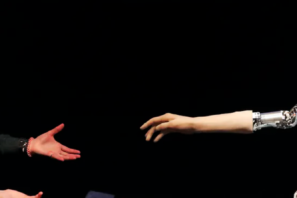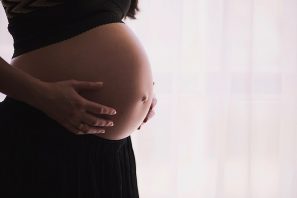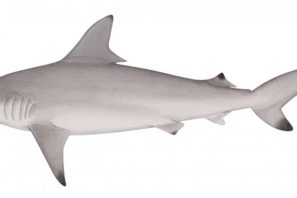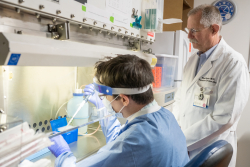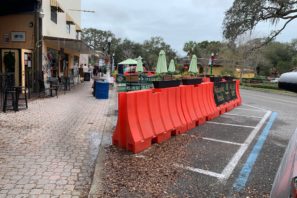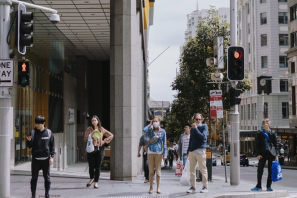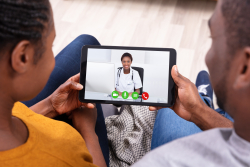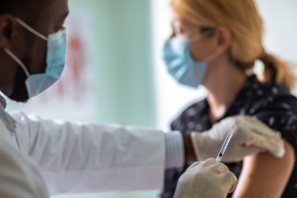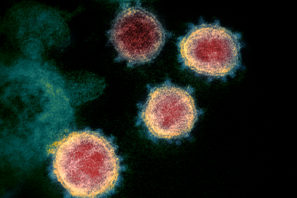Millions of isolated people have found comfort by chatting with an AI bot. Therapeutic bots have improved users’ mental health for decades.
John Smulian, chair of the UF College of Medicine’s department of obstetrics and gynecology, provides important information on what is known about the novel coronavirus and pregnancy.
Shark attack numbers have sunk to dramatic lows, likely a side effect of closed beaches and widespread quarantines, according to experts at the University of Florida’s International Shark Attack File.
Efforts are in underway to speed up the process on COVID-19 research for UF Health researchers to evaluate a drug treatment for coronavirus.
Many Americans are facing troubling emotional and lifestyle consequences of the self-isolation necessitated by the novel coronavirus pandemic. Lack of...
UF Department of Urban and Regional Planning Professor Ruth Steiner presented ideas pertaining to urban design in the COVID-19 era.
Dr. Emre Tepe is studying the spatial and temporal relationships between COVID-19 cases and urban characteristics.
The COVID-19 pandemic has brought about an explosion in telehealth, but is it as effective as in-person treatment? A UF study looks at the "why" and "how."
“You need large numbers and multiple products in many different settings tested in many different kinds of people to assess whether they’re really safe and effective,” said Ira Longini, a professor at UF PHHP and UF Medicine.
Xiaochen Xian, Ph.D., an assistant professor for UF ISE, is working on research to develop a way to administer mass testing for COVID-19.
A protein thought to be the novel coronavirus’ entryway into the body could not be detected in the insulin-producing cells of the pancreas in three dozen individuals.
UF Engineering researcher Eric Jing Du received a NSF RAPID Grant to study how people can have improved responses to future global crises.

